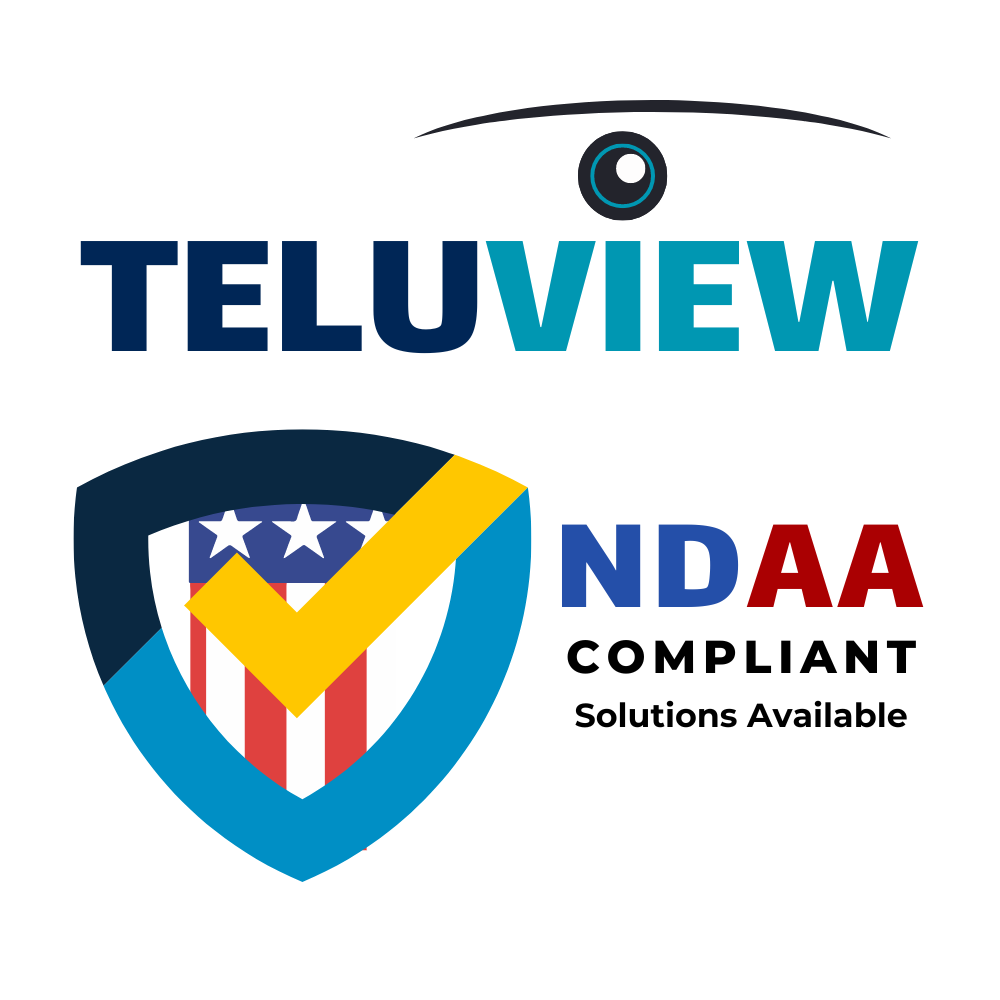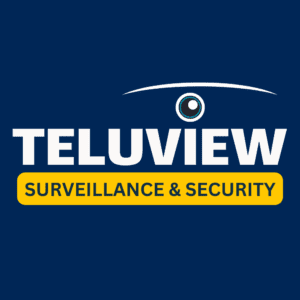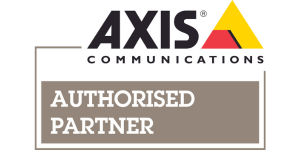NDAA Compliance FAQ
Table of Contents
How do I become NDAA compliant?
To become compliant with NDAA Section 889, it’s important to know where the equipment you are installing was manufactured. You’ll need to source equipment that does not contained banned components from certain China based manufacturers 1 UC San Diego – NDAA Prohibited Manufacturers.. Or find alternatives from Chinese manufacturers that specifically avoid using banned components. Its also good practice to ask all manufactures and distributors provide you with a declaration of compliance with NDAA Section 889.
Next, put processes in place to ensure that any new equipment or services you buy in the future are free of banned Chinese-manufactured parts. It’s important to keep detailed records that show your products and services meet the NDAA Section 889 requirements.
Penalties for Non-Compliance
Failure to comply with the NDAA’s cybersecurity provisions can result in severe penalties, including the loss of government contracts, damage to your business’s reputation, financial penalties, and, in some cases, criminal charges. Therefore, it’s essential to take compliance seriously and ensure your business meets all relevant laws and regulations2NDAA Compliant: What is NDAA Compliance? – C&C Technology Group (cc-techgroup.com).
Following NDAA Compliance
Understanding the basics of NDAA compliance is important for anyone working with the US federal government, and its contractors. Important steps that help ensure compliance include securing your information systems, encrypting data, implementing multi-factor authentication, and conducting regular risk assessments. It’s not just a question of “How do I become NDAA compliant”, it’s also a question of “How do I prove and maintain NDAA Compliance”.
How does the NDAA effect Security and Surveillance Installers?
When asking the question, “how do I become NDAA compliant”, it is important to also ask how it effects security professionals. The National Defense Authorization Act (NDAA) significantly impacts security and surveillance installers by imposing restrictions on certain foreign-made equipment, which can affect an installer’s decision of what hardware and software to install. Specifically, sections of the NDAA ban the use of equipment from companies like Huawei and ZTE, aiming to mitigate risks of espionage and ensure the integrity of national security systems. This requires installers to purchase products from NDAA-compliant manufacturers, often leading to changes in suppliers and potentially higher costs.
Need more information related to the question, “How do I become NDAA Compliant?” To read our full article on “Navigating NDAA Compliant Video Security Solutions“, click here.
Additional Resources
Article - How do I become NDAA Compliant?
UC San Diego – NDAA Prohibited Manufacturers
Wikipedia – Article on the National Defense Authorization Act
Williams, Lynn B.; Heitshusen, Valerie (November 28, 2016) – Defense Primer: Navigating the NDAA
TeluView – Navigating NDAA Compliant Video Security Solutions
“History of the NDAA”. Archived from the original on December 22, 2018. Retrieved August 4, 2017.
C&C Technology Group – NDAA Compliant: What is NDAA Compliance? – C&C Technology Group (cc-techgroup.com)

Why Choose NDAA Compliant Solutions?
US Government & Contractor Sourcing
Evaluating security requirements for your next install? Consider the implications of the National Defense Authorization Act (NDAA) within the United States. This act delineates stringent criteria that surveillance equipment must satisfy to protect national security interests. The provisions therein specifically proscribe the acquisition and utilization of technological equipment from manufacturers identified as potential vectors for cybersecurity breaches.
When a security camera gets the NDAA compliant stamp, it’s a big deal. It means the folks who made it really went the extra mile to make sure everything from the circuits inside to the code that runs it all is up to snuff with some tough security rules.
If you are looking to sell or perform installs for the US Government, or anyone else who has to adhere to these rules, getting this compliance right is a must-do, not just a nice-to-have.
How to Select NDAA Compliant Equipment
Opting for NDAA-compliant equipment is imperative to avoid components identified by the act, such as HiSilicon chips from Huawei. TeluView offers a wide selection of NDAA-compliant equipment. Take the UniView Prime I series cameras, for example — UniView cameras are built with a lot of thought to make sure none of the parts come from places that the government’s given a thumbs-down. We put a lot of time into digging into the details and making sure everything’s by the book because, let’s face it, when you’re setting up cameras where the government’s involved, you’ve got to get it right.
If you would like a more comprehensive guide to NDAA Compliance, you can view our article: Navigating NDAA Compliant Security Cameras: A Comprehensive Guide
TeluView offers NDAA Compliant solutions from trusted brand partners like Axis Communications, UniView, and Wisenet. If you would like to view the full 2019 NDAA, click here.
Thank you for reading our article, “How do I become NDAA Compliant”. If you have any further questions, please reach out to one of our solution specialists by calling us at 1-870-888-9069.



